Firefly: Infant Phototherapy
a cost-effective, intuitive phototherapy device designed to treat newborns with mild to severe jaundice in low-resource settings
a cost-effective, intuitive phototherapy device designed to treat newborns with mild to severe jaundice in low-resource settings
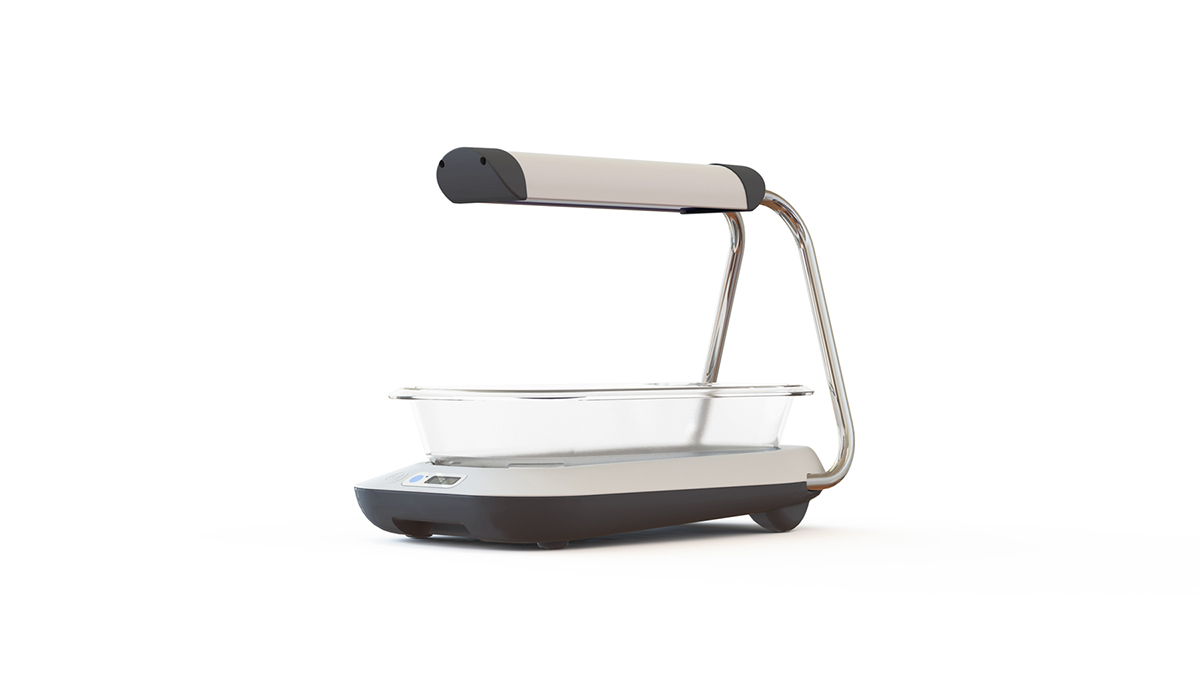
NEWBORN JAUNDICE IS A SYSTEMIC GLOBAL PROBLEM
10% of all newborns worldwide require jaundice treatment to prevent death or lifelong disability.
Phototherapy, simply shining a blue light on the skin, is the most cost-effective way to treat jaundice, however every year 5.7 million infants in South Asia and Africa do not receive any phototherapy.
Global health experts estimate 6-10% of newborn mortality can be attributed to jaundice and complications caused by jaundice.
Newborn jaundice is a simple condition with a simple cure that gives a child the same chance as all other healthy newborns at a long and healthy life. Firefly transforms national health systems by empowering local facilities, freeing up resources in higher-level hospitals so they can better address other, more complicated conditions Firefly can dramatically reduce infant mortality by promoting breastfeeding, lowering infection, treating mild jaundice at the local level and severe jaundice at the national level. We cannot reach millenium development goal #4: a ⅔ reduction of mortality for children under five by 2015 without addressing newborn jaundice.
In response, Design that Matters (DtM), the East Meets West Foundation (EMW) and Vietnamese manufacturer MTTS have launched a collaboration to develop a new infant care device that will treat newborn jaundice during the critical first days of life. This effort has built on EMW’s successful Breath of Life program and extensive network of collaborators across Southeast Asia, DtM’s experience in the design of newborn technologies for the poor, and MTTS's expertise in the production and support of context-appropriate medical devices.
10% of all newborns worldwide require jaundice treatment to prevent death or lifelong disability.
Phototherapy, simply shining a blue light on the skin, is the most cost-effective way to treat jaundice, however every year 5.7 million infants in South Asia and Africa do not receive any phototherapy.
Global health experts estimate 6-10% of newborn mortality can be attributed to jaundice and complications caused by jaundice.
Newborn jaundice is a simple condition with a simple cure that gives a child the same chance as all other healthy newborns at a long and healthy life. Firefly transforms national health systems by empowering local facilities, freeing up resources in higher-level hospitals so they can better address other, more complicated conditions Firefly can dramatically reduce infant mortality by promoting breastfeeding, lowering infection, treating mild jaundice at the local level and severe jaundice at the national level. We cannot reach millenium development goal #4: a ⅔ reduction of mortality for children under five by 2015 without addressing newborn jaundice.
In response, Design that Matters (DtM), the East Meets West Foundation (EMW) and Vietnamese manufacturer MTTS have launched a collaboration to develop a new infant care device that will treat newborn jaundice during the critical first days of life. This effort has built on EMW’s successful Breath of Life program and extensive network of collaborators across Southeast Asia, DtM’s experience in the design of newborn technologies for the poor, and MTTS's expertise in the production and support of context-appropriate medical devices.
NATIONAL-LEVEL HOSPITALS ARE OVERCROWDED AND STRAPPED FOR RESOURCES
In poor countries, 20-33% of newborn admissions in national hospitals are due to neonatal jaundice. Even in Vietnam, where hospitals have received many resources, the national-level hospitals are overcrowded, staffing is low, and there is not enough well-functioning equipment to meet the need. Families travel days seeking treatment while their newborns die in transit. Infants who arrive are housed in overflowing neonatal ICUs where multiple patients share beds under dim phototherapy, risking infection, and often ending in costly and dangerous exchange blood transfusion, disability, and death. The situation is even more dire in many other countries. In Ethiopia, Tikur Anbessa national teaching hospital had no phototherapy until residents made a home-grown version in January 2012.
A phototherapy device designed to provide rapid, intensive treatment to severely jaundiced patients in national-level hospitals will prevent costly and dangerous exchange blood transfusions and lead to earlier discharge of severely jaundiced infants, reduced infant disability and mortality. A device with minimal footprint that can also treat mildly jaundiced infants in mom’s room will free up neonatal ICU space and nurse time leading to faster treatment, better breastfeeding outcomes, and a higher quality of care for other patients in the facility with more serious clinical needs.
In poor countries, 20-33% of newborn admissions in national hospitals are due to neonatal jaundice. Even in Vietnam, where hospitals have received many resources, the national-level hospitals are overcrowded, staffing is low, and there is not enough well-functioning equipment to meet the need. Families travel days seeking treatment while their newborns die in transit. Infants who arrive are housed in overflowing neonatal ICUs where multiple patients share beds under dim phototherapy, risking infection, and often ending in costly and dangerous exchange blood transfusion, disability, and death. The situation is even more dire in many other countries. In Ethiopia, Tikur Anbessa national teaching hospital had no phototherapy until residents made a home-grown version in January 2012.
A phototherapy device designed to provide rapid, intensive treatment to severely jaundiced patients in national-level hospitals will prevent costly and dangerous exchange blood transfusions and lead to earlier discharge of severely jaundiced infants, reduced infant disability and mortality. A device with minimal footprint that can also treat mildly jaundiced infants in mom’s room will free up neonatal ICU space and nurse time leading to faster treatment, better breastfeeding outcomes, and a higher quality of care for other patients in the facility with more serious clinical needs.
LOCAL HEALTH CENTERS ARE AN UNDERUSED NATIONAL HEALTH RESOURCE
Few district hospitals have any equipment to treat any newborn conditions, and the staff have little training and low confidence. Even when equipment is available, it is usually not set up correctly or functioning well enough to provide effective treatment. As a consequence, these hospitals refer almost all newborn patients to secondary or national-level hospitals for care. Otherwise healthy newborns who arrive at local health centers with mild jaundice are at risk of dying or developing severe jaundice in transit, and once they arrive at the crowded referral facility they risk infection and further treatment delays.
A phototherapy device designed with intuitive controls and fixed treatment lights (a device that is, in fact, hard to use wrong) will lead to better treatment outcomes for all patients. An intuitive device will improve the confidence of local-level staff in treating otherwise healthy newborns with jaundice, leading to reduced referral to higher-level hospitals and increased staff determination to treat other newborn conditions at the local level. Fewer referrals will lead to lower rates of newborn infection and an overall higher quality of care for patients with more serious clinical needs such as complications of prematurity, respiratory distress and congenital heart defects at the national level.
Few district hospitals have any equipment to treat any newborn conditions, and the staff have little training and low confidence. Even when equipment is available, it is usually not set up correctly or functioning well enough to provide effective treatment. As a consequence, these hospitals refer almost all newborn patients to secondary or national-level hospitals for care. Otherwise healthy newborns who arrive at local health centers with mild jaundice are at risk of dying or developing severe jaundice in transit, and once they arrive at the crowded referral facility they risk infection and further treatment delays.
A phototherapy device designed with intuitive controls and fixed treatment lights (a device that is, in fact, hard to use wrong) will lead to better treatment outcomes for all patients. An intuitive device will improve the confidence of local-level staff in treating otherwise healthy newborns with jaundice, leading to reduced referral to higher-level hospitals and increased staff determination to treat other newborn conditions at the local level. Fewer referrals will lead to lower rates of newborn infection and an overall higher quality of care for patients with more serious clinical needs such as complications of prematurity, respiratory distress and congenital heart defects at the national level.

BREASTFEEDING IS NOT SUPPORTED WITH CONVENTIONAL PHOTOTHERAPY
Staff to patient ratio in all hospitals is very low. Staff do not trust complex, delicate devices to be stationed in the mother’s room. In some hospitals, exhausted new mothers are invited to stand or sit on the floor near waist-height equipment in the neonatal ICU to feed and monitor their babies through day and night. In other facilities, nurses must choose between leaving a jaundiced newborn in the ICU to receive phototherapy, or leaving them in their mother’s room for breastfeeding while tending to patients throughout the rest of the hospital. A 2003 study in the Lancet indicated breastfeeding could save 1.3 million lives annually. Every day a mother does not breastfeed exposes the infant to risk of infection and increases the likelihood that breastfeeding will discontinue permanently. Effective jaundice therapy requires both phototherapy and regular feeding, yet separation from mom leads to infant dehydration, infection spread by shared bottles, or dependence on sugar water, cow’s milk, or infant formula.
A phototherapy device specifically designed to be durable, small, and operate in the mother’s recovery room will promote breastfeeding on-demand, encourage mother-child bonding, and lead to superior treatment and patient supervision, relieving busy staff as family members watch over the children.
Staff to patient ratio in all hospitals is very low. Staff do not trust complex, delicate devices to be stationed in the mother’s room. In some hospitals, exhausted new mothers are invited to stand or sit on the floor near waist-height equipment in the neonatal ICU to feed and monitor their babies through day and night. In other facilities, nurses must choose between leaving a jaundiced newborn in the ICU to receive phototherapy, or leaving them in their mother’s room for breastfeeding while tending to patients throughout the rest of the hospital. A 2003 study in the Lancet indicated breastfeeding could save 1.3 million lives annually. Every day a mother does not breastfeed exposes the infant to risk of infection and increases the likelihood that breastfeeding will discontinue permanently. Effective jaundice therapy requires both phototherapy and regular feeding, yet separation from mom leads to infant dehydration, infection spread by shared bottles, or dependence on sugar water, cow’s milk, or infant formula.
A phototherapy device specifically designed to be durable, small, and operate in the mother’s recovery room will promote breastfeeding on-demand, encourage mother-child bonding, and lead to superior treatment and patient supervision, relieving busy staff as family members watch over the children.
NEWBORN INFECTION IS A REAL RISK
According to the WHO, more than 1 million of the estimated 3.3 million neonatal deaths around the world each year are caused by severe infections including sepsis/pneumonia, tetanus, and diarrhea - that’s 15% of all deaths fAccording to the WHO, more than 1 million of the estimated 3.3 million neonatal deaths around the world each year are caused by severe infections including sepsis/pneumonia, tetanus, and diarrhea - that’s 15% of all deaths for children under five worldwide. Conventional overhead phototherapy opens up six routes to deadly infection. Ineffective treatment leads to (1) longer hospital stays and (2) stunningly high rates of exchange blood transfusion. Over a 3-year period in Ethiopia’s national teaching hospital, 16% of all jaundiced patients received costly and dangerous exchange blood transfusions, including exposure to unclean needles and questionable blood sources. Separation of mother and child leads to (3) lack of breastfeeding immunity and (4) infection from shared bottles. Conventional overhead phototherapy’s form factor leads to (5) treatment of multiple newborns with umbilical cord or respiratory infections in a single bed (6) unsanitary bedding and equipment.
A phototherapy device designed to be easy to clean, bring mom and baby together, and encourage the isolation of newborns receiving jaundice treatment, will reduce the incidence of infection and therefore reduce rates of infection-related transfer to overloaded national-level hospitals while lowering under-five child mortality.
According to the WHO, more than 1 million of the estimated 3.3 million neonatal deaths around the world each year are caused by severe infections including sepsis/pneumonia, tetanus, and diarrhea - that’s 15% of all deaths fAccording to the WHO, more than 1 million of the estimated 3.3 million neonatal deaths around the world each year are caused by severe infections including sepsis/pneumonia, tetanus, and diarrhea - that’s 15% of all deaths for children under five worldwide. Conventional overhead phototherapy opens up six routes to deadly infection. Ineffective treatment leads to (1) longer hospital stays and (2) stunningly high rates of exchange blood transfusion. Over a 3-year period in Ethiopia’s national teaching hospital, 16% of all jaundiced patients received costly and dangerous exchange blood transfusions, including exposure to unclean needles and questionable blood sources. Separation of mother and child leads to (3) lack of breastfeeding immunity and (4) infection from shared bottles. Conventional overhead phototherapy’s form factor leads to (5) treatment of multiple newborns with umbilical cord or respiratory infections in a single bed (6) unsanitary bedding and equipment.
A phototherapy device designed to be easy to clean, bring mom and baby together, and encourage the isolation of newborns receiving jaundice treatment, will reduce the incidence of infection and therefore reduce rates of infection-related transfer to overloaded national-level hospitals while lowering under-five child mortality.
DOCTOR, NURSE, AND PARENT FEEDBACK ON FIREFLY
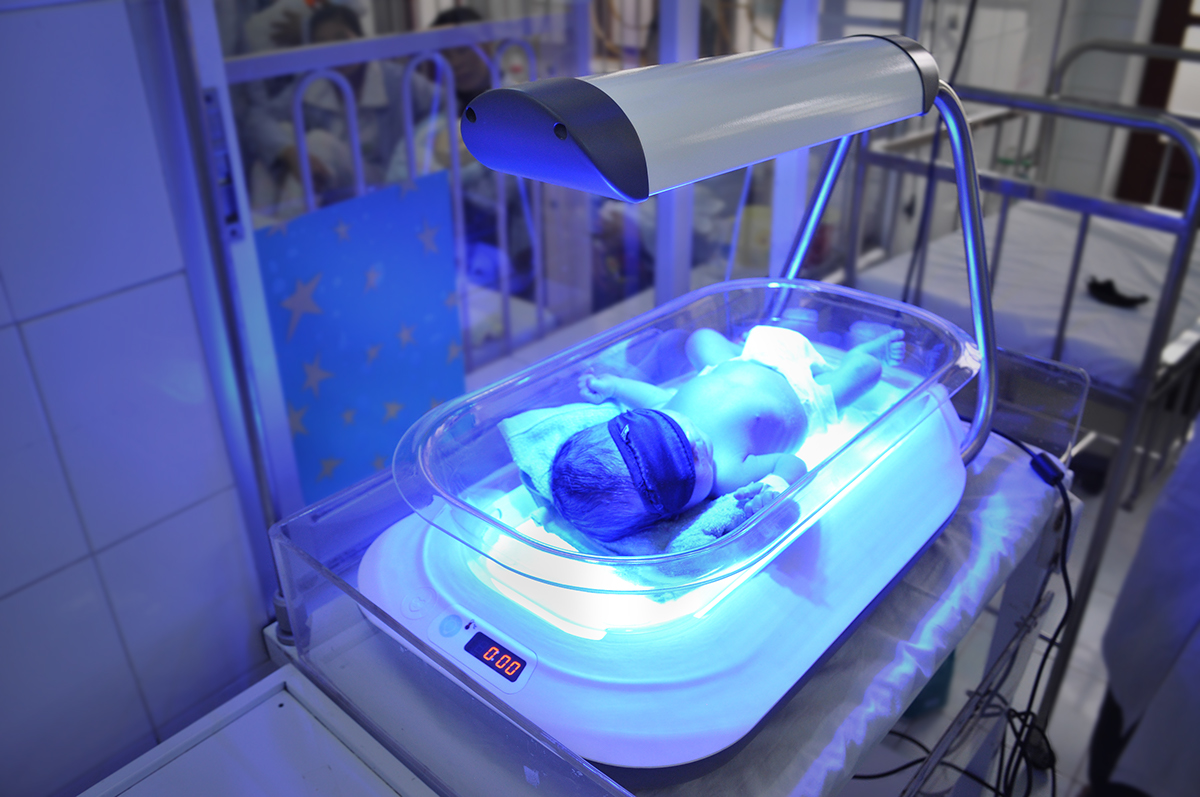
“Firefly creates a safe condition for the patient. The shape is like a bird’s nest wrapping the infant and comforting him. With overhead phototherapy, the baby just f style="font-size: 11px;">“We feel Firefly is easier to use than overhead phototherapy because we can put a blanket on top of the baby and still provide effective phototherapy from the bottom. Overhead phototherapy could be set at the wrong distance from the infant bed and it’s more cumbersome to use”
Dr. Trấn Van Thuân, Hai Duong Provincial Hospital
Dr. Trấn Van Thuân, Hai Duong Provincial Hospital

“Firefly is more effective, easy-to-use, easy to clean, maintainable, comfortable, and durable than the other phototherapy.”
Dr. Khuat Thanh Binh, Moc Chau District Hospital
Dr. Khuat Thanh Binh, Moc Chau District Hospital

“If we hadn’t had Firefly, we would have eventually had to do an exchange blood transfusion for baby Chan.”
Dan Thuy Quynh, Nurse, St. Paul General Hospital
Dan Thuy Quynh, Nurse, St. Paul General Hospital
“Will it be effective if we put a blanket on the bottom light? I worry that when a blanket is put down it wont be effective.” (After placing a blanket on the bottom light and using a light meter to measure the top light)
“Oh wow, the light from the top is still three times stronger as the bilibed!”
Dr. Truong Thi Nhu Huyen, Da Nang Hospital for Women & Children
“Oh wow, the light from the top is still three times stronger as the bilibed!”
Dr. Truong Thi Nhu Huyen, Da Nang Hospital for Women & Children
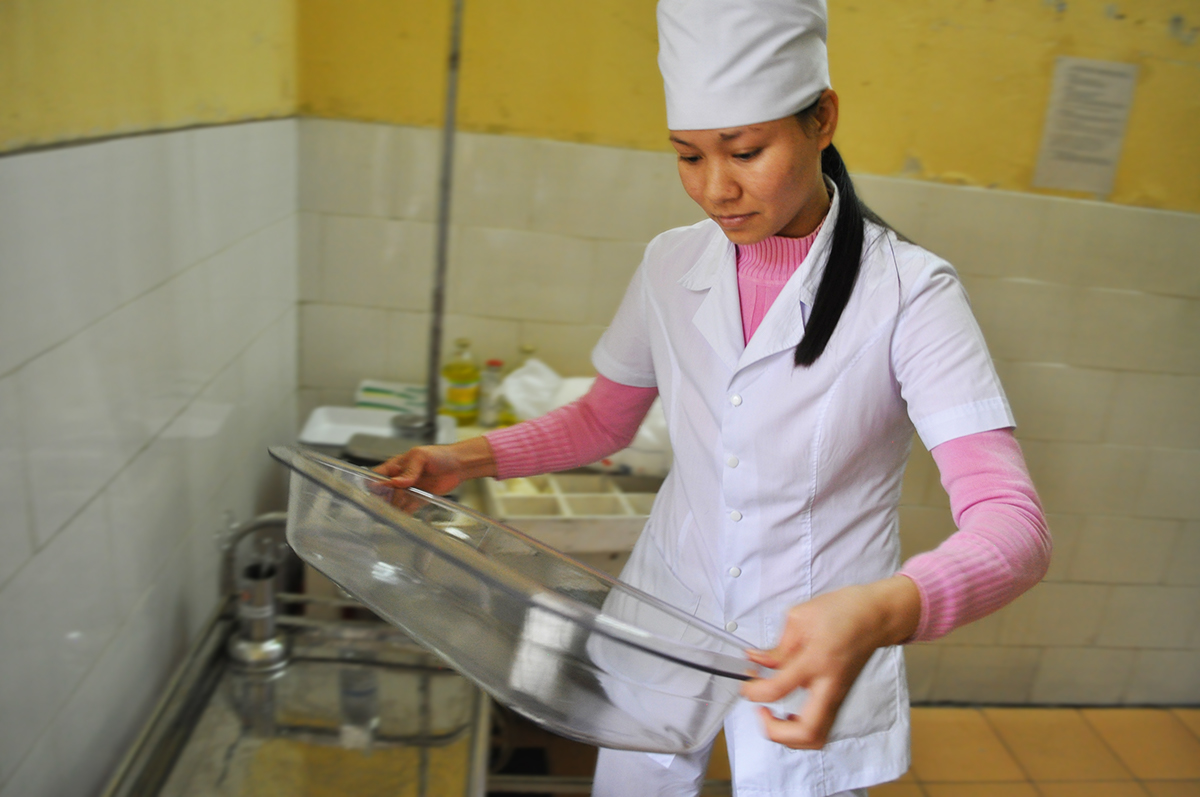
“The overhead phototherapy systems are tall, so you can’t clean on top of it or even see if they are dirty. Bugs can get inside the overhead units. Firefly is very small and easy to clean.”
Dr. Nguyễn Thanh Hả, Director, National OBGYN Hospital
Dr. Nguyễn Thanh Hả, Director, National OBGYN Hospital
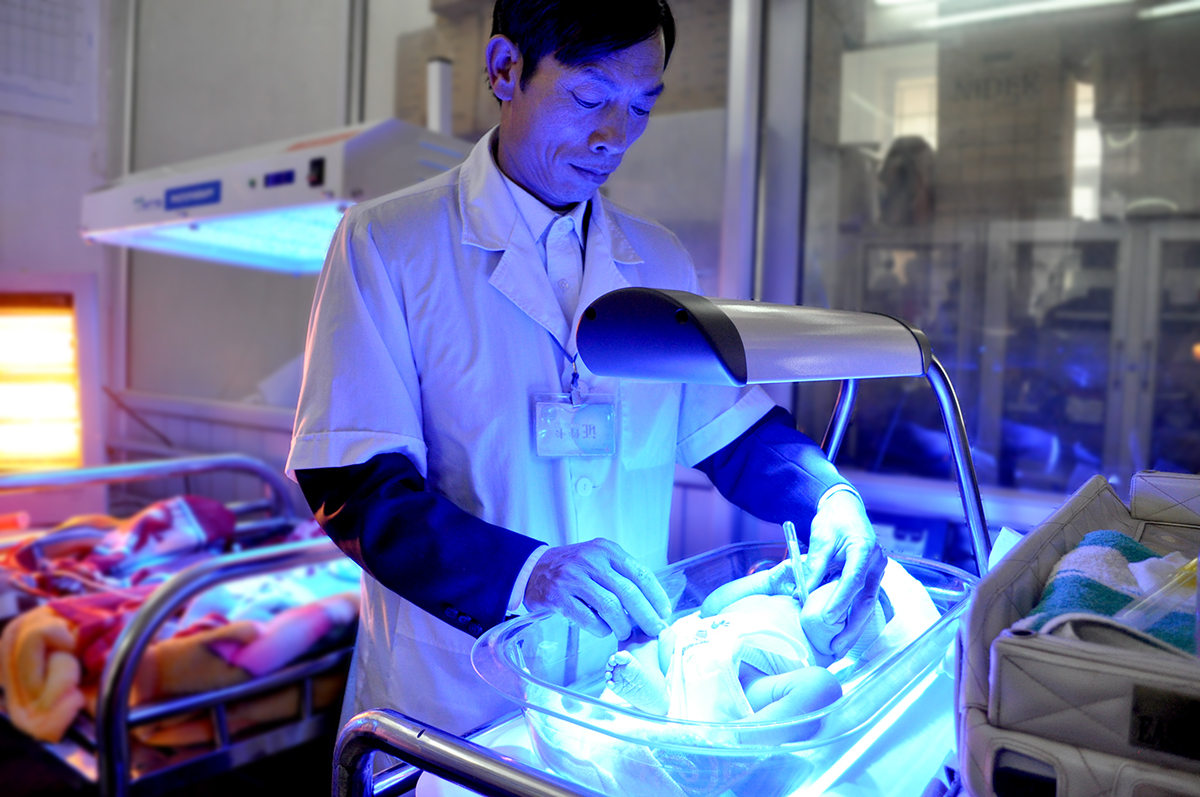
“Overhead phototherapy has one major advantage over Firefly; you can treat two infants at the same time, but the danger of cross-infection should be considered too. If I could choose to have a donation of a Firefly or a V1000 LED overhead phototherapy, I would choose Firefly.”
Dr. Khuat Thanh Binh, Moc Chau District Hospital
Dr. Khuat Thanh Binh, Moc Chau District Hospital
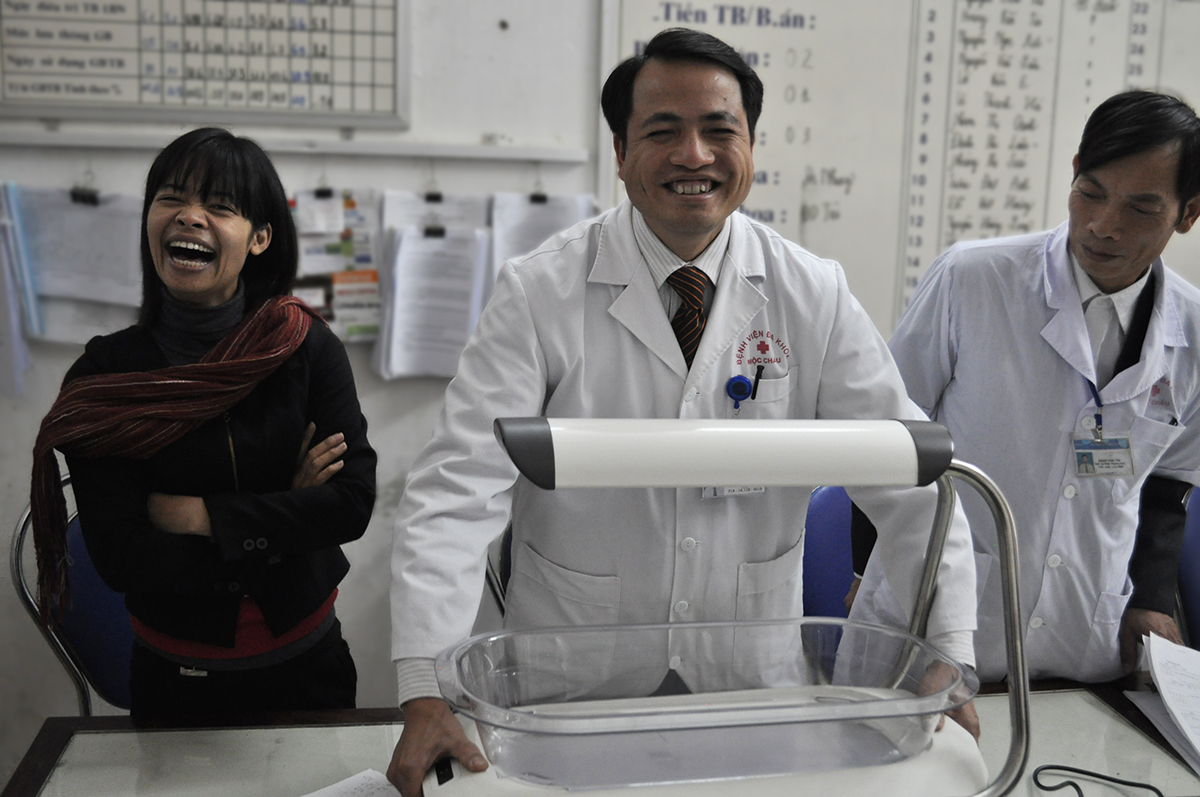
“The intensity of Firefly is clearly higher than one-sided phototherapy, even MTTS V3000 overhead LED phototherapy. Given it is also 2-sided phototherapy, Firefly provides a great level of intensity for reducing treatment time and providing more effective treatment.”
Dr. Tran Van Thuan, Hai Duong Provincial Hospital
Dr. Tran Van Thuan, Hai Duong Provincial Hospital
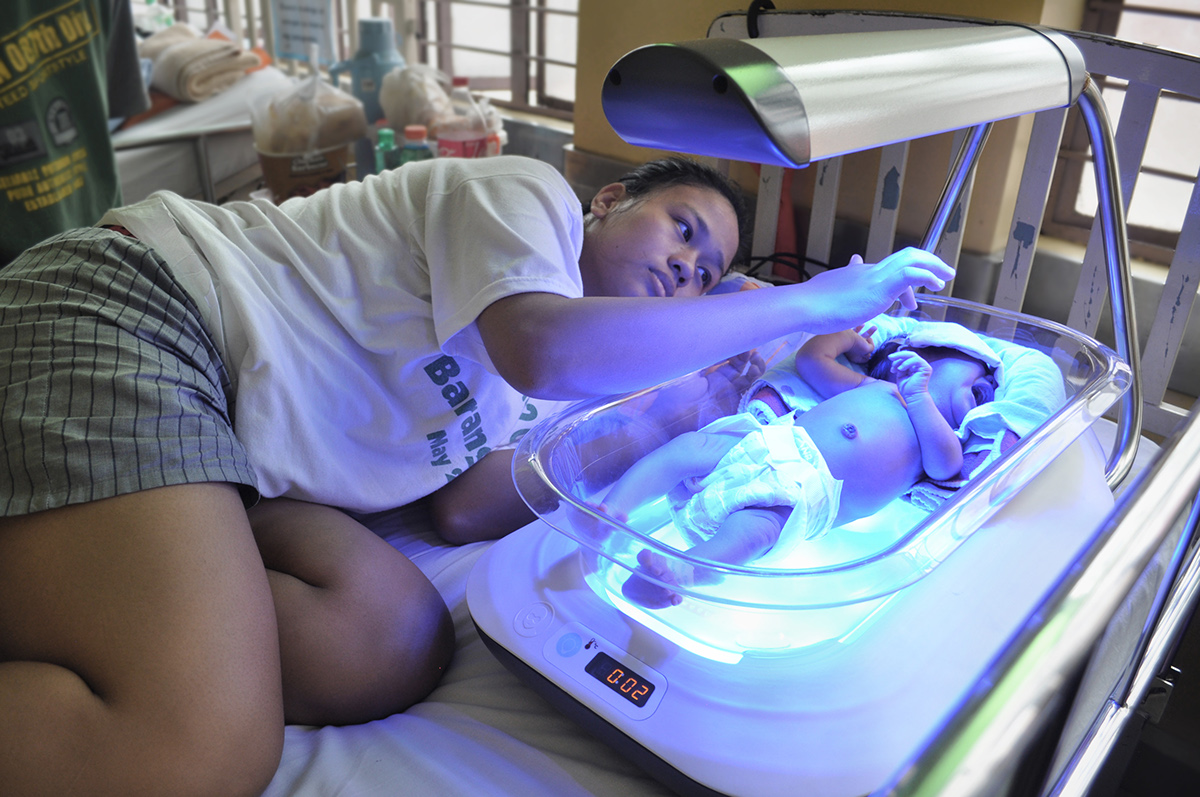
“We actually had to take this baby out of our other phototherapy unit so she could be breastfed by mom. Wow! Now we can do both!”
Dr. Jazel Manarang, Philippines General Hospital
Dr. Jazel Manarang, Philippines General Hospital
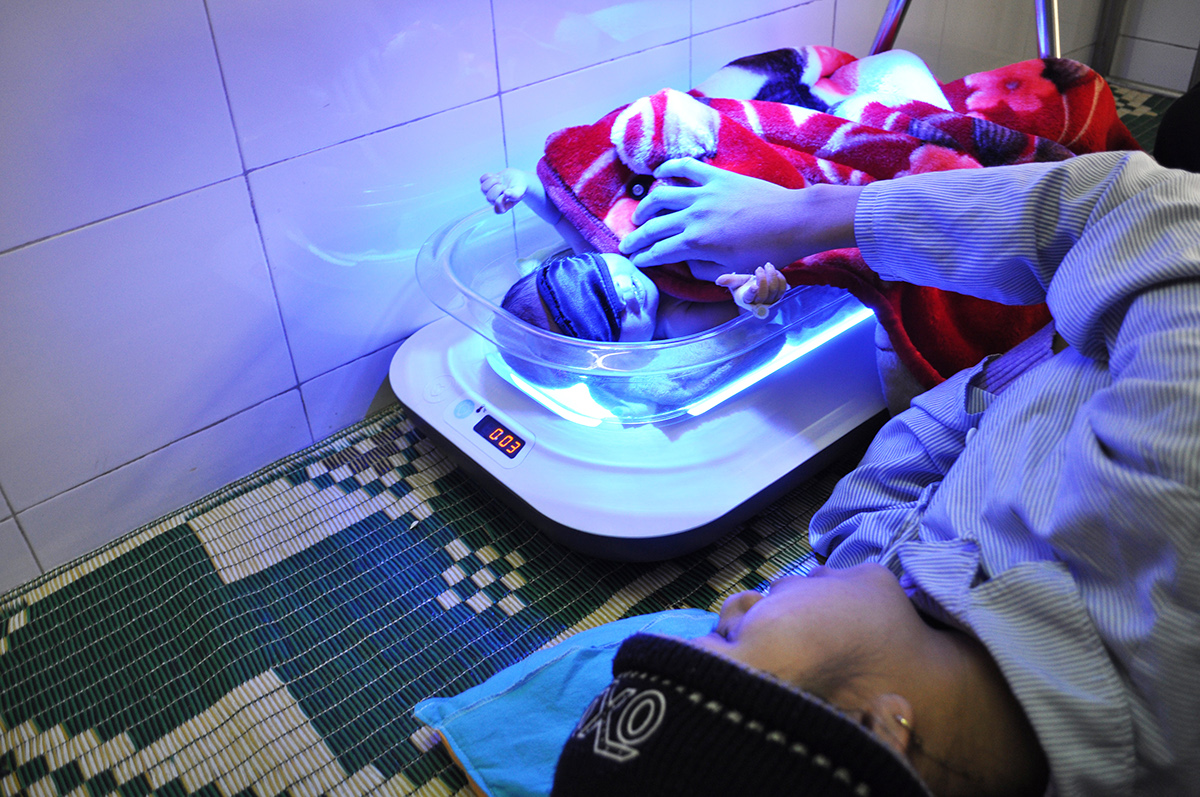
“The rooms here are too small to fit an overhead phototherapy along with all those beds. However, Firefly is small enough that it could fit on the bed. When babies receive phototherapy they cry a lot which is disturbing, so it would be great to keep them in a room with their mothers so they could be comforted.”
Dr. Thai Bang Giang, St. Paul General Hospital
Dr. Thai Bang Giang, St. Paul General Hospital
“Mother care is better than nurse’s care because there are not enough nurses to cover all the infant care needs. The nurses can teach the mother how to check simple vital signs such as whether they are crying, if they are feeding and sleeping well, and if they seem too hot or too cold.”
Dr. Phạm An Quang, Hai Duong Provincial Hospital
Dr. Phạm An Quang, Hai Duong Provincial Hospital
“Laying next to Firefly, my eyes feel fine. I could even fall asleep right here. Using Firefly instead of the overhead phototherapy, I don’t have to worry where my baby is and I can lay comfortably and take care of him.”
Duo Thi Lu, Mother, Hai Duong Provincial Hospital
Duo Thi Lu, Mother, Hai Duong Provincial Hospital
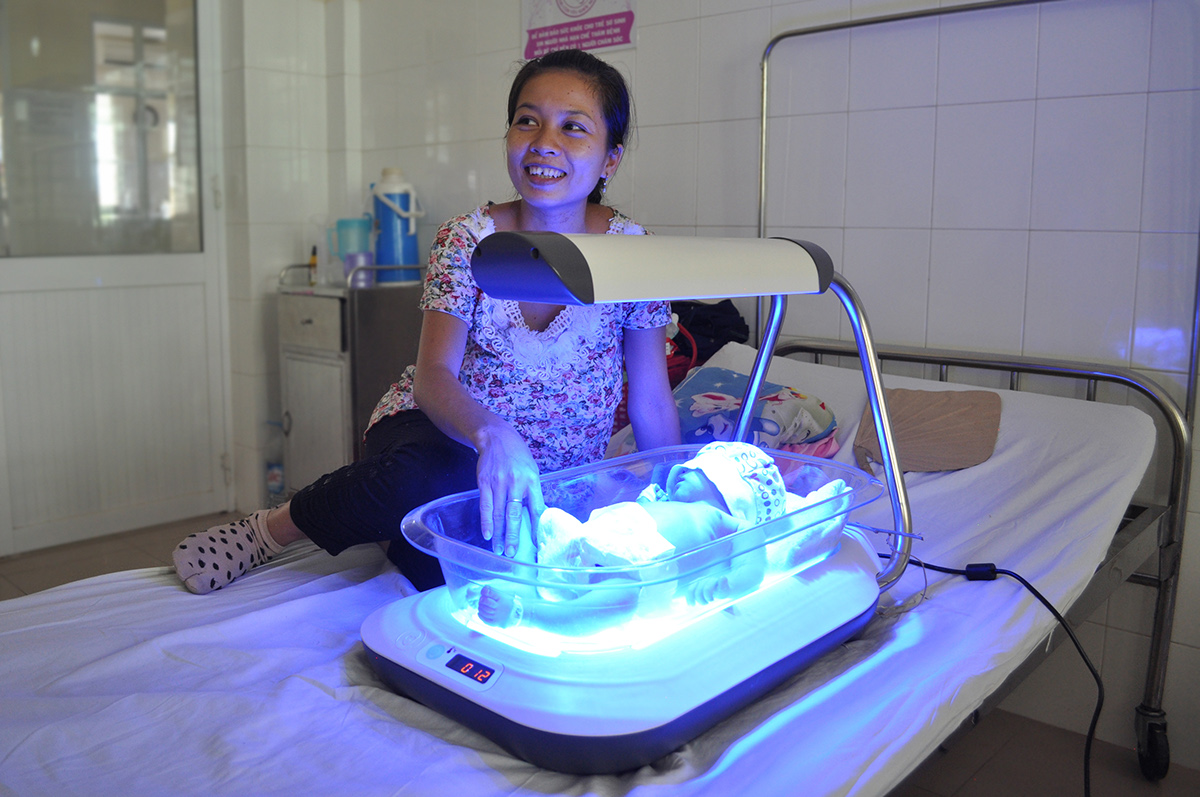
“I like Firefly because I can lay next next to my baby, and always be with him. Before I wasnt able to be with my baby, and worried if he was ok.”
Nguyen Thu Tuyet, Mother, Da Nang Hospital for Women & Children
Nguyen Thu Tuyet, Mother, Da Nang Hospital for Women & Children
ABOUT THE EAST MEETS WEST FOUNDATION
East Meets West (EMW) has developed the program to specifically target hypothermia, respiratory distress and hyperbilirubimia, and other causes of high infant mortality rates in developing countries. They are now expanding the program from provincial referral hospitals in Vietnam to include both district-level hospitals in Vietnam, and hospitals in lower-resource countries like Cambodia, Laos and Timor. These community clinics lack the the resources (staffing, training, electricity) to take advantage of EMW’s “Breath of Life” NICU suite (warmer, phototherapy, CPAP). They need simpler, less expensive tools that will improve their ability to treat patients without referrals.These tools include:
To date, the EMW Breath of Life program has achieved the following:
In addition, EMW conducts daily monitoring of each hospital in the network, and twice-annual program evaluation visits to most hospitals.
Learn more about the East Meets West Foundation
East Meets West (EMW) has developed the program to specifically target hypothermia, respiratory distress and hyperbilirubimia, and other causes of high infant mortality rates in developing countries. They are now expanding the program from provincial referral hospitals in Vietnam to include both district-level hospitals in Vietnam, and hospitals in lower-resource countries like Cambodia, Laos and Timor. These community clinics lack the the resources (staffing, training, electricity) to take advantage of EMW’s “Breath of Life” NICU suite (warmer, phototherapy, CPAP). They need simpler, less expensive tools that will improve their ability to treat patients without referrals.These tools include:
To date, the EMW Breath of Life program has achieved the following:
In addition, EMW conducts daily monitoring of each hospital in the network, and twice-annual program evaluation visits to most hospitals.
Learn more about the East Meets West Foundation

